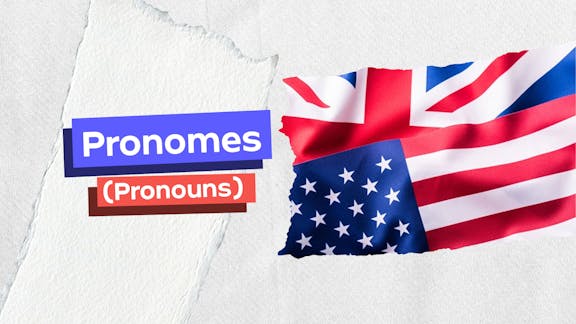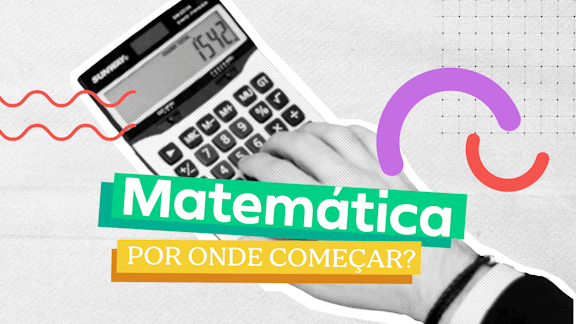De acordo com o texto,
The Heyday of the Silents
GEOFFREY NOWELL-SMITH
By the middle of the 1920s the cinema had reached a peak of
splendour which in certain respects it would never again
surpass. It is true that there was not synchronized sound, nor
Technicolor, except at a very experimental stage.
Synchronized sound was to be introduced at the end of the
decade, while Technicolor came into use only in the mid
1930s and beyond. Nor, except in isolated cases like Abel
Gance's Napoléon (1927), was there anything approaching
the wide screen that audiences were to be accustomed to
from the 1950s onwards. It is also the case that viewing
conditions in many parts of the world, particulary in rural
areas, remained maskeshift and primitive.Source: The Oxford History of World Cinema EDITED BYGEOFFREY
NOWELL-SMITH OXFORD UNIVERSITY PRESS 1996
The Heyday of the Silents
GEOFFREY NOWELL-SMITH
Gabarito comentado
Resposta correta: C
Tema central: interpretação textual com foco em inferência lexical. A questão exige identificar o sentido positivo do substantivo "heyday" a partir do contexto (frase inicial: "reached a peak of splendour"). Isso combina vocabulário e compreensão global do trecho.
Resumo teórico: em reading comprehension, diferencie (1) informação explícita — o texto diz diretamente — e (2) inferência — sentido lógico extraído do contexto. Para palavras-chave desconhecidas, use pistas ao redor (collocation, adjetivos próximos). Dica: consulte dicionários confiáveis; por exemplo, "heyday" = time of greatest success or popularity (Cambridge Dictionary).
Justificativa da alternativa C: o autor afirma que, "By the middle of the 1920s the cinema had reached a peak of splendour". "Heyday" no título conecta-se diretamente a essa ideia de ápice/auge — portanto tem conotação positiva. A inferência é natural e apoiada pelo contexto e por definições lexicais (Cambridge/Oxford).
Análise das alternativas incorretas:
A — Incorreta. O texto refere-se ao estado em meados da década de 1920 (not "início da década de 20"). Além disso, afirma que não havia som sincronizado e Technicolor só de forma experimental — mas a alternativa generaliza temporalmente de forma errada.
B — Incorreta. O autor diz que o som sincronizado foi introduzido no final da década, mas Technicolor só entrou em uso na metade da década de 1930. A alternativa agrupa os dois como introduzidos no final dos anos 20, o que contradiz o texto.
D — Incorreta. O texto não afirma que o esplendor só se repetiu com efeitos especiais, nem limita isso a algumas regiões. Essa alternativa acrescenta informação não presente e faz generalizações indevidas.
Estratégias práticas:
- Procure palavras-chave que indiquem opinião do autor (peak, splendour) para inferir tom.
- Compare marcadores temporais (middle, end, mid-1930s) antes de aceitar alternativas que generalizam.
- Desconfie de alternativas que adicionam informação não suportada pelo texto.
Fonte sugerida: Cambridge Dictionary (definição de "heyday") e The Oxford History of World Cinema (trecho citado).
Gostou do comentário? Deixe sua avaliação aqui embaixo!






